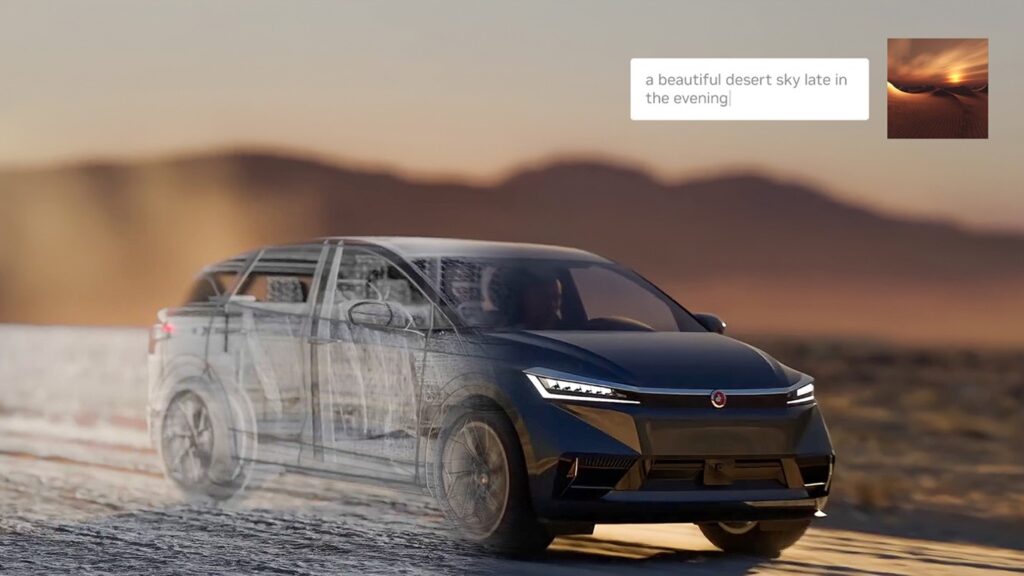Nvidia is teaming up with marketing services company WPP to develop a new content engine that connects 3D design, manufacturing, and creative supply chain tools, enabling designers to interconnect 3D content with generative AI. As a result, they will be able to reach and engage customers in highly personalized ways.
Generative AI for advertising, why, of course. What a great idea for marketers. It’s an easy sell.
After all, what can’t AI do? It’s like the Swiss Army knife for, well, everything. It has redefined art. It has reshaped medical research. It has restructured design. It has reimagined so much. So why not advertising?
Advertising is ripe for using generative AI to entice customers by amping up a campaign to reach potential customers through a range of media—text, videos, 3D imagery, photos. “For the very first time, the creative process can be amplified in content creation, and the content generation could be in any modality,” said Nvidia CEO Jensen Huang during the recent Cannes Lions International Festival of Creativity for the advertising and creative communications industry.

Digital advertising is big business—estimated to be about $700 billion. But it’s not enough to just scale content generation; rather, AI needs to generate content that supports a company’s values and brand.
Huang spoke about the advantages of properly using generative AI in advertising during a conversation on stage with Mark Read, CEO of WPP, the world’s largest marketing and communications services company. About a month ago at Computex 2023, Nvidia and WPP had revealed a partnership whereby the pair were developing a content engine utilizing Nvidia Omniverse and AI that would enable creatives to deliver exceptional advertising content faster, more efficiently, and at scale, while remaining on point with the brand.
It all starts with a digital twin of a company’s product using specific product design data, and at the center is Omniverse Cloud. Next, WPP artists create customized and diverse virtual sets for marketing content using a combination of the real-world data combined with objects and digital environments generated by generative AI tools such as those from Adobe, Getty Images, and other companies that are trained on fully licensed data, using Nvidia Picasso to do so. This combination of AI generative and manufacturing data enables WPP’s designers to build accurate, photorealistic visual content and e-commerce experiences at new levels of realism and scale. As a result, they can reach customers in personalized and engaging ways.
“WPP is going to unquestionably become an AI company,” Huang said. “You’ll create an AI factory where the input is creativity, thoughts, and prompts, and what comes out of it is content.”
With Omniverse Cloud and generative AI tools, WPP is giving brands the ability to build and deploy product experiences and compelling content at a level of realism and scale never possible before, Huang stated. The new engine, according to Nvidia, outperforms current methods of manually creating hundreds of thousands of pieces of content using disparate data from disconnected tools and systems. So rather than producing hundreds of examples of content for a particular brand, by using AI, teams will be able to produce infinitely more for every individual. However, as Huang emphasized at Cannes Lions, generative AI gives professionals superpowers, but it does not replace human creativity.
The new engine will be available exclusively to WPP clients.